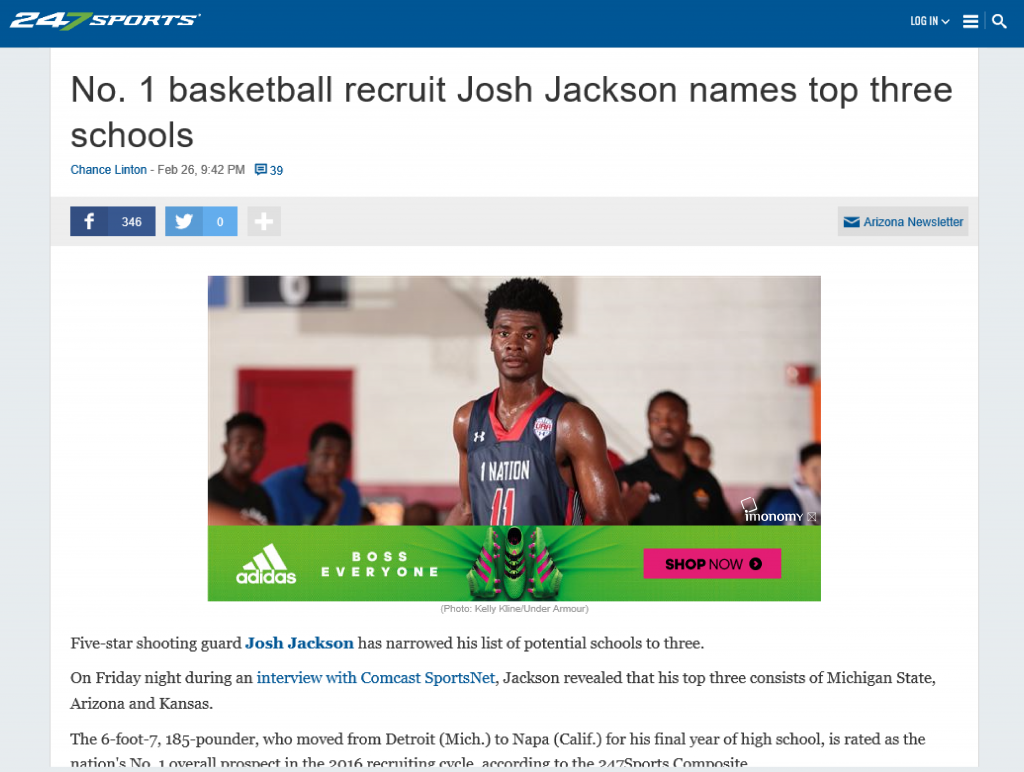Publishers are no longer free-standing islands in the content monetization ocean. They are interconnected hubs in a rapidly evolving content industry. Positioned where consumers, content and advertisers intersect, publishers are poised to have a profound impact on the industry’s future as essential facilitators.
Keys to content monetization success
A publisher’s content monetization strategy is usually focused on increasing eCPMs (or RPMs). Publishers use a number of tactics that include –
- Attracting relevant traffic to the publishers’ sites;
- Publishing good quality, relevant content that consumers want;
- Well-placed and highly viewable ad inventories;
- Compelling ads that consumers will be more likely to engage with; and
- Great user experiences throughout the consumer journey.
Publishers, advertisers and consumers aren’t just three strangers who pass in the night. They are intrinsically linked and interdependent, as much as they may not think of their relationships that way.
Creating value for advertisers
Advertisers usually assess value by measuring CTRs. More clicks on ads means more consumers visiting brand pages and converting into paid customers. Achieving this requires a few critical factors:
- Highly viewable ad inventory to ensure ads are actually seen;
- Relevant traffic (that is, consumers who are interested in the brand); and
- Good sources of Big Data that give deep insight into who consumers are and what they want so advertisers can deliver more relevant ads.
If you want to get the whole picture, you need to consider what is important to consumers.
Serving consumers better
Consumers are essential partners. There wouldn’t be a content industry without consumers. It sounds obvious but this is important to bear in mind given the tendency to see people as commodities in the search for higher revenues.
The growing ad blocker trend is proof of the power of the audience and it highlights the importance of paying closer attention to what matters most to consumers: great content and great user experiences.
One of the primary drivers behind ad blocker adoption is a poor user experience. Much of the blame for this tends to be laid at advertisers’ feet. At the same time, publishers and advertisers can do much to address consumers’ frustrations:
- Use ad products that don’t detract or distract from the surrounding content. Examples include in-image solutions and a variety of native ad products.
- Choose ad placements that complement the site’s content, not clutter it.
- Offer relevant ads that consumers are actually interested in.

Blending common themes
When you consider the factors that determine content monetization success for publishers, advertisers and consumers, you’ll notice two common themes: relevance and engagement.
Relevance
Just as publishers strive to attract relevant audiences to their sites, advertisers seek relevant audiences to present their ads to. Consumers are increasingly averse to ads but are more receptive to relevant offers that can help them solve challenges or answer questions they may have.
One of the keys to greater relevance is Big Data; Big Data analysis to help advertisers identify which segments of those audiences would be most interested in which ads?
Engagement
Like relevance, engagement is a multi-faceted theme. To advertisers, engagement means relevant consumers responding to relevant ads (typically, by clicking). Publishers that really nail engagement deliver superior content combined with great user experiences. The result is a growing and loyal audience and increased eCPMs (or RPMs).
One of the major contributors to this theme is high viewability which goes hand in hand with good ad placements. Attracting better quality traffic to its content is the first step. Ads sourced from the advertiser must actually be visible to ensure success.
Recipe for success
Publishers’ are perfectly positioned to deliver highly relevant, engaging ads that inform and enhance consumers’ experiences of the publisher’s content by –
- Attracting new, relevant consumers and retaining existing audiences.
- Offering optimized and highly viewable ad inventory to advertisers.
- Implementing more effective ad solutions to convey more relevant and engaging ads to consumers.
- Delivering great user experiences to consumers that keeps them engaged.
This combination is a true win-win-win scenario that leads to higher eCPMs for publishers; increased CTRs for advertisers and more engaging experiences for consumers.
Image credit: Pexels


Interesting information